Part 2: Grieg and Friends
You may already know the names of many of the people who became friends of Grieg. There were Rikard Nordraak, and later on Franz Liszt. Grieg became one of the group of great Norwegian artists in which Henrik Ibsen and Bjornstjerne Bjornson were prominent. Indeed, Grieg wrote the music to Ibsen's Peer Gynt. One of the great pleasures of Grieg's life was Bjornson's Patriotic Poem to his own music.
You may already know the names of many of the people who became friends of Grieg. There were Rikard Nordraak, and later on Franz Liszt. Grieg became one of the group of great Norwegian artists in which Henrik Ibsen and Bjornstjerne Bjornson were prominent. Indeed, Grieg wrote the music to Ibsen's Peer Gynt. One of the great pleasures of Grieg's life was Bjornson's Patriotic Poem to his own music.
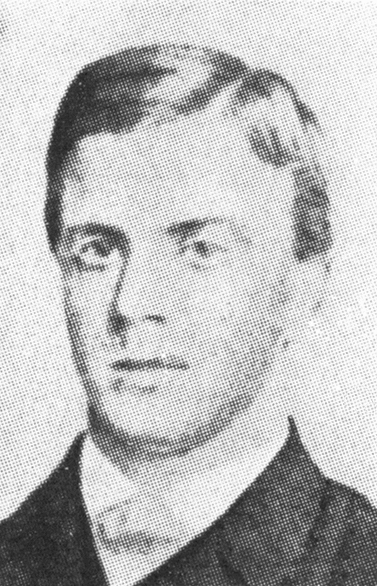
NORDRAAK
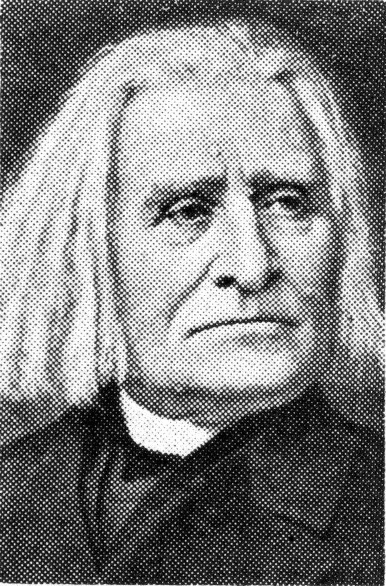
LISZT
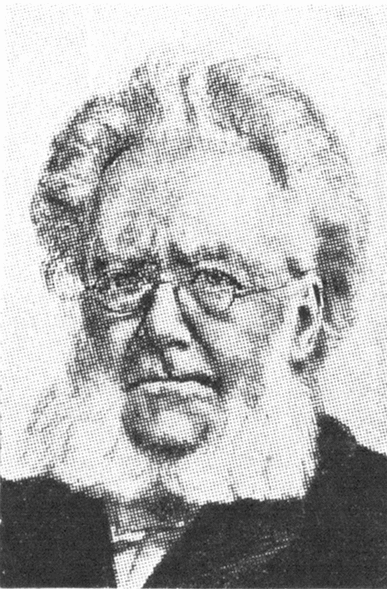
IBSEN
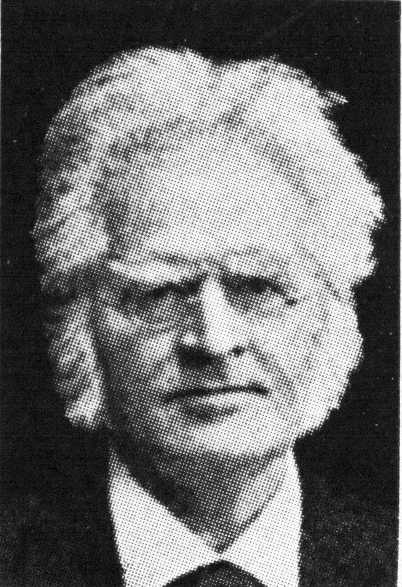
BJORNSON
One day Grieg showed Gade a composition called In Autumn which Gade did not like. "It is too Norwegian," he said. This pleased Grieg, although Gade told him to go home and write something better. He was nearly as rough as Grieg's schoolmaster.
But one day later a prize was offered in Sweden for an orchestral composition. Grieg's In Autumn won the prize. And Gade was one of the judges. We wonder if he forgot about it!
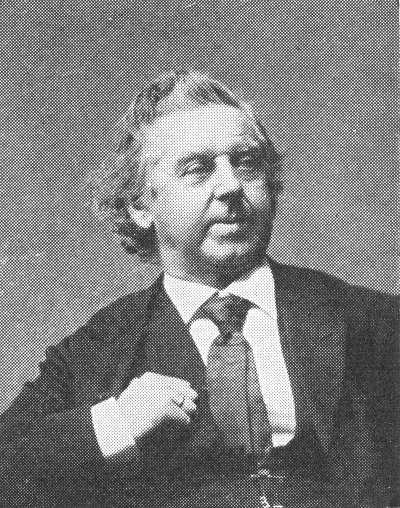
GADE
Grieg married his cousin Mina Hagerup, to whom he dedicated his famous song: I Love Thee. But the mother of his bride did not think highly of him.
"He is a nobody," she said, "who writes music that no one cares to listen to."
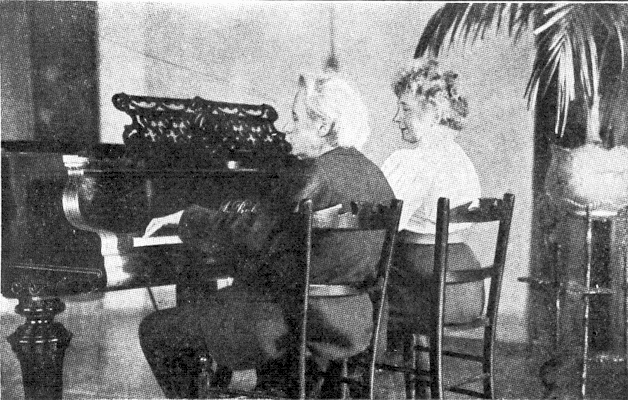
GRIEG AND HIS WIFE
But people were beginning to listen. After a concert in Christiania, entirely of Norwegian music, the Government gave Grieg a small pension and he went to Rome.
Here he had a fine meeting with Liszt who asked Grieg to play. Then Liszt took Grieg's manuscript and played it at sight, to his great delight.
When Grieg bade good-bye to Liszt the famous pianist said to him:
"Keep on, you have talent and ability. Do not let any one discourage or frighten you."
So sensitive was Grieg about music writing that he never allowed any one to watch him. So he had a little house built in the mountains where he could work at his leisure. This he called his "tune house." There was only one room and it was for all the world like a little play house that children have. In it was his piano and often when he was playing, the Norwegian peasants used to group themselves outside the door, sometimes joining in the singing, and then again dancing to their delightful folktunes and dances.
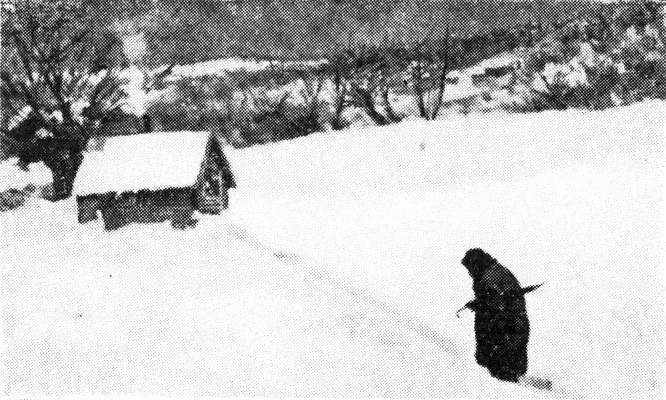
TUNE HOUSE
Please return to us Friday for Part 3.
No comments:
Post a Comment